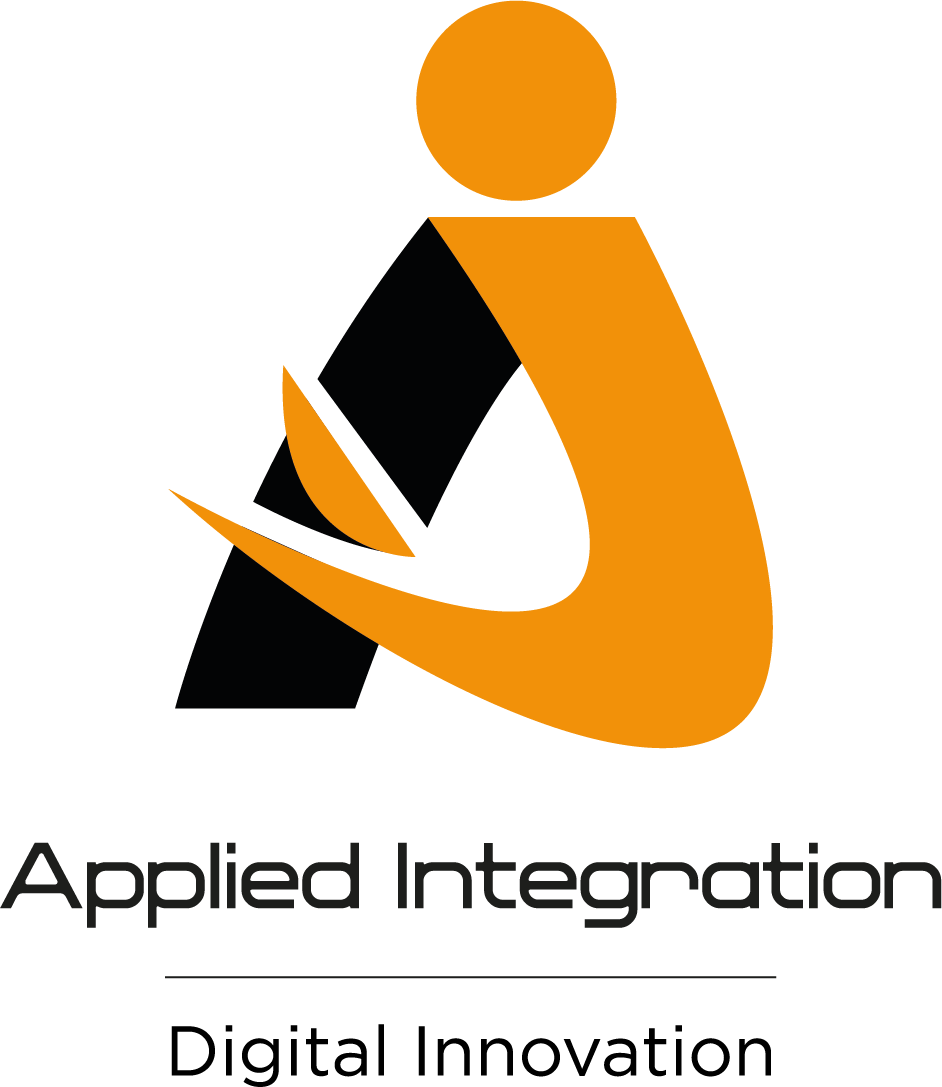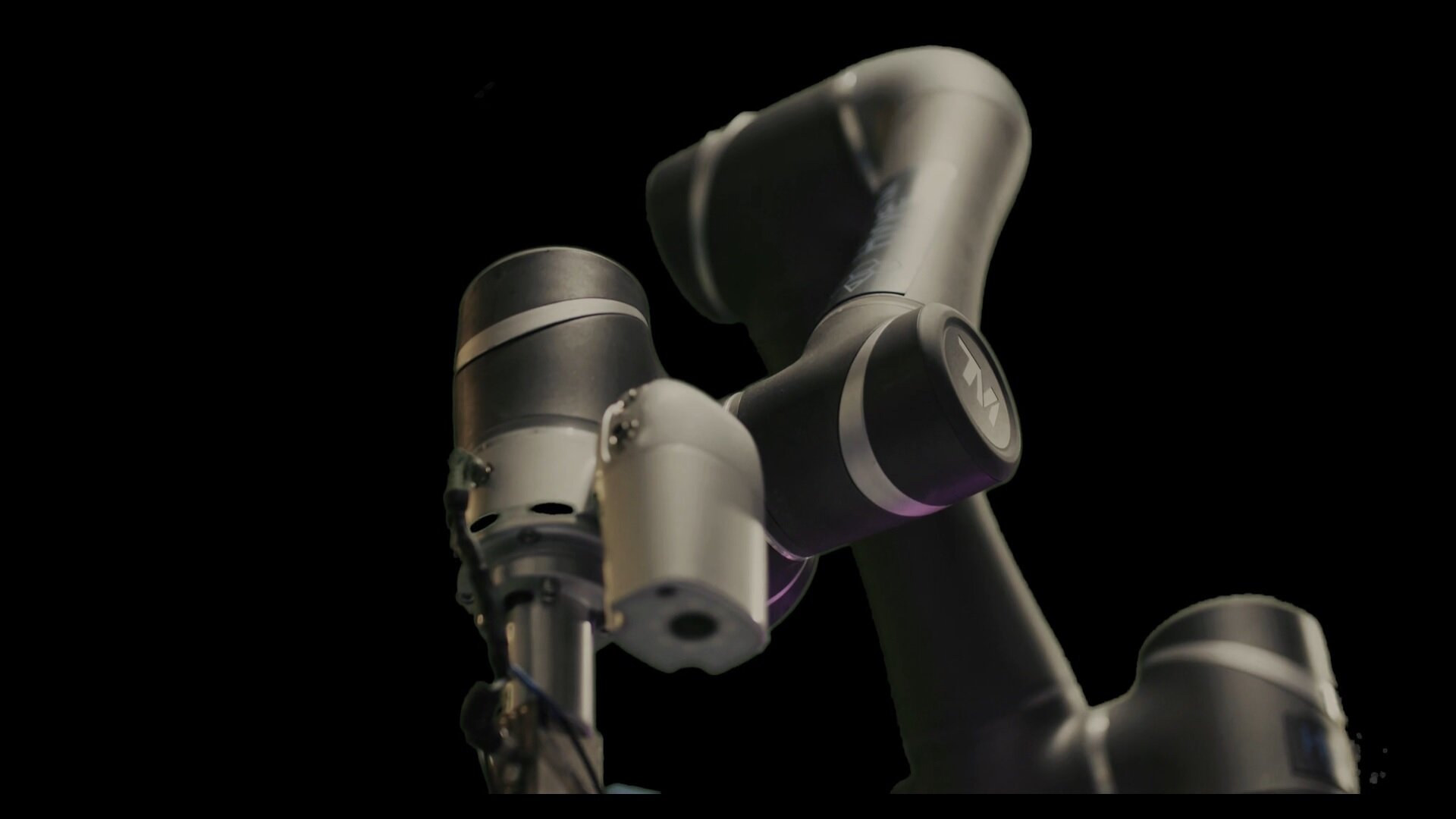Vision, Robots and AI – A game changer for Pick, Pack and Assembly operations!
If you are thinking “how do we maximise the productivity of our pick, pack, assembly, inspection and test operations”, look no further than Robots and Applied Integration. Do your tasks require object identification or is it a little too complex for the basic robot? If so, add vision and computational intelligence.
Robots, Machine Vision, Artificial Intelligence and Machine Learning are at the core of industry 4.0. Combining these technologies allows smarter and more agile process execution. They are not limited to task execution, they communicate valuable operational data, such as: Takt times, distribution job types, job status, self-diagnosis and error reporting.
Our industrial and collaborative robot partners
ABB
Techman
Universal Robots
Fanuc
Robots are here to stay. Here are some of the reasons why:
Love them or loathe them, it is very difficult to see how companies can remain competitive in the global marketplace without Robots and Cobots. Industrial robot and Collaborative robots can easily be programmed and trained to execute repetitive tasks. Once trained, a basic robot can then execute tasks in accordance with a predefined process and is capable of repeatedly doing so 24/7.
Close coupling the appropriate eyes (Vision), brain (AI/ML), one (or more) of a vast array of hand types (manipulators) and scope for handling increasingly complex task escalates, for example:
Picking/Place - Picking required items from mixed item tote bin
Sorting - Ensuring the right products are distributed to the right place
Assembly - Car manufacturing, electronics
Inspection - Inspecting product quality i.e does it meet supermarket standards
Combination of above - Hyve (see below for info on hyve)
Example Application: Hyve, a Robotic test cell accelerating cosmetic testing and reducing time to market.
Hyve combines Collaborative Robots, high resolution machine vision and AI to accelerate the development and testing of cosmetics. The scalable intelligent collaborative robot platform provides a smart reproducible process, data management and analytics.
Benefits:
- 24/7 high reproducibility
- Consistent Data
- Multiple tests in one location
- Increase in test throughput
- Remote and local graphic interfaces
- Meet social distancing protocols
- Less time spent tending the test process
- Replenishment by Autonomous Mobile Robots (AMRS)
- Cloud data analytics for test data analysis and correlation
- Enhanced precision and accuracy
- Every action is time stamped and transparent
- Makes no mistakes
Features:
- Pipette load, filling, discard
- Measured liquid volume dispense to vials in trays
- Cream smear
- Balance scale / vial taring
- Vial shaking / mixing to require agitation profile/mixing formula
- Heating
- Sorting - Made possible by vision e.g. identifying coloured vial tops
- Assembly – Precise manufacturing (automotive, electronics)
Collaborative Robots offer huge opportunity to extend the scope of applications that can benefit from robot use
Analysis performed by the National Institute of Standards and Technology (NIST) concludes that a robot/human collaborative effort is 85% more efficient than lone working.
https://www.roboticsbusinessreview.com/opinion/collaborative-robots-spot-on-for-small-to-medium-manufacturers-but-challenges-remain/
The advent of agile collaborative robots, so called, due to control features that enable close working with humans, has greatly extended the scope of applications for robots.
Referring to the installation graph (see link to report here), it is clear that the leading manufacturing nations recognise and are benefiting from industrial robot use. Given collaborative robot ability to work alongside humans and decreasing deployment costs, cobot installation are set to far outstrip industrial applications and see deployment in a much wider range of applications.
Machine Vision: Endless Opportunities
Machine vision innovation is a huge opportunity. However, building separate solutions quickly is a significant challenge due to complex systems.
As a baseline, vision requires:
- Image Processing: To analyse the digitised image using complex algorithms
- Lens type/frame speed: For capturing highest-quality images at required rate
- High-Resolution Image Sensor: To digitise the captured image
- Illumination: To aid identification of the object being inspected
- Bandwidth: To communicate data and triggers to third party technologies e.g computational platforms (PLC’s, cloud servers) ...
Sub-pixel perception is used to identify product defects in real time, enabling machine vision to examine hundreds of items per minute. In comparison to human inspectors, machine vision increases productivity, reduces defects, and allows high speed operation.
Finding and integrating these components are a time and resource intensive task. Machine vision systems must merge with legacy factory equipment, incorporate new enterprise IoT capabilities and employ AI to enable efficiency.
Integrating a range of technologies means we can engineer solutions that go beyond simple tasks.
- Grade food items in real time (Packing the appropriate mix of mushrooms, strawberries to meet supermarket demands i.e no wonky vegetables in high end supermarket chains)
- Identify the required item type to pick in a mix i.e tote bins
- Identify poor weld quality
- Reduce errors
- Increase pace of operation
- Track items
- Monitor processes and identify opportunities for enhanced productivity
Applied Integration is a leading systems integrator, specialising in delivering the latest industry technologies with a focus on Industry 4.0, Digitalisation, Internet of Things (IoT), Analytics, Big data / Cloud Technologies, Safety Critical Systems (SIL1, SIL2, SIL3) and Robotics and Collaborative Robots (Cobots). Founded in 2005, AI has seen significant growth, through the provision of innovative automation solutions that enhance SME process performance, hight productivity, reduced errors innovation which leads to higher productivity, efficiencies, reduced carbon footprint and a high return on investment (ROI).
We are fully committed to delivering solutions in accordance with our project lifecycle and quality management procedures, which are backed by ISO9001/14001 accredited certification. Additionally, we are a Britannia Safe Contractor registered company and our project lifecycle has been developed to consider the planning, control, status accounting and verification of a project.
Do you want to know how you can get started with integrating Machine Vision into you company? Contact our team today.







